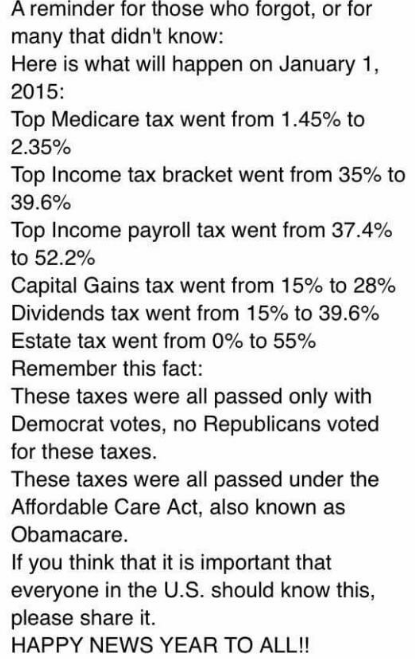Issues & Insights posted an article Monday about President Biden’s claims in his State of the Union address about the taxes the wealthy pay versus the taxes he thinks the wealthy should pay. The bottom line is ‘simply hang on to your wallet no matter how much you make,’ but the article refutes some of his claims.
The article reports:
First, consider his claim that the tax rate paid by billionaires is 8.2%. That plays well with soak-the-rich leftists. But where did he get this number?
Not from the IRS. It calculates the actual tax rate that various income groups pay, including the ultra-rich. Its data show that the 400 people with the biggest incomes in America were paying an average tax rate of more than 23%. Congress’ Joint Committee on Taxation figures that the tax rate on the top 0.4% of families is 26%.
So where does Biden come up with an 8.2% tax rate? He changes the definition of taxable income to include all unrealized gains from investments.
If you have money in the stock market, any gains in the value of those stocks would count as income to Biden, even if you don’t sell the stock. Presumably so would any gains in the value of your home. Or the value of any other assets you possess.
By artificially inflating income, Biden can make their tax burden seem tiny.
The idea of taxing unrealized gains — in other words, extending the income tax to things that aren’t income — could very well be unconstitutional in addition to being economically reckless.
Just for the record, Americans are already taxed on unrealized gains–every year we pay a real estate tax on what the city or county assesses is the value of our house. We haven’t sold our house. The only actual gain from our house is having a place to live, yet every year we pay taxes on it.
The article concludes:
What about his claim that taxing the wealth — not the income — of billionaires would raise $500 billion?
Sounds like a lot, doesn’t it? Except Biden is hoping nobody notices the caveat — that it’s $500 billion over 10 years. In other words, $50 billion a year.
Even that might sound like a lot … until you put it in context.
That $50 billion wouldn’t even cover one month’s worth of interest payments on the national debt, which was $69.2 billion in January.
It wouldn’t even pay half of the increase in the deficit in the first five months of this year compared with last year. (The deficit from October through February was $830 billion, which is up $108 billion from the same months the year before.)
The idea that an extra $50 billion could finance a new childcare entitlement, paid leave, and home care isn’t just ludicrous, it’s insane.
We don’t expect Biden to know or understand what he’s reading on the teleprompter, but shame on anyone else for believing the lies he’s spewing.
Someone needs to explain the Laffer Curve to the Biden administration.

